In 2012, Maggie Herron walked into Halekulani’s Lewers Lounge and was immediately floored. “Here’s this gorgeous piano, here’s this wonderful room that felt perfect for jazz,” she remembers of first seeing the cozy, inviting space. She was already a jazz icon on Lāna‘i and Hawai‘i Island, but a friend in Honolulu had called her up with an offer to perform on O‘ahu. “I played for three nights, and I just loved it,” she says.
It was mutual, it seems, because Herron was asked to continue playing at the lounge several nights a week. Today, the musician is still stunning audiences at Halekulani with her signature dreamy voice and charming style. She is also busy outside of the lounge—while she has written music since she was young, the move to Honolulu gave Herron a chance to work with other incredible musicians on O‘ahu, which also inspired her to get back into the recording studio and record some of her original songs as full, multi-instrumental tracks.
“I genuinely love to play music,” she says. “I especially love playing music with great musicians.” The work has been a roaring success, with two of Herron’s albums, Between the Music and the Moon and Good Thing, awarded Best Jazz Album of the Year at Nā Hōkū Hanohano Awards in 2017 and 2015 respectively. This year, she made a big splash with her 2019 jazz album, A Ton of Trouble, which earned her a third Hōkū.
Herron’s piano-playing days started when she was a child in Michigan. Her mother insisted that every one of the 12 siblings in the family take piano lessons for at least a year. “By the time I was 4 or 5 years old, I had already heard piano being played in my house every single day,” she says. “I knew by the time I was 10 years old that I wanted to be a musician. That was it. That was what I was going to do. In my mind, that was always the path, and I never questioned that.”
From Michigan in the early ’70s, Herron hitchhiked across the United States, ending up in the Pacific Northwest and, eventually, Hawai‘i. She played popular and soft rock songs on Hawai‘i Island, then jazz standards on Lāna‘i, until she settled in Honolulu as a resident Lewers Lounge musician. A lifetime of music after she first touched a piano, Herron still loves the craft, the art, and the job.
On jazz
“I was always challenged by difficult music. And pop music, I didn’t find it to be challenging enough. I started listening to jazz, and at first I didn’t like it! Because it was almost like I had to train my ear to understand what was going on. I just kept listening to it and listening to it, and I was challenged because I didn’t understand it. I had never studied jazz in any formal sense, I never had any lessons in jazz. And the more I listened to it, the more I was intrigued, and the more I didn’t want to listen to anything else.”
On the audience
“I think of music as a language. I want [the audience] to feel the emotion of the song. Sometimes it’s quite poignant, sometimes it’s humorous. Sometimes it’s ever so moderately irreverent, and sometimes it’s unpredictable and curious. I want them to travel with us in the music experience and basically leave anything they came in with. So it is very important for me to observe the audience and to somehow go with them. They influence me, and I influence them.”
On performing with other artists
“Just by virtue of playing together, we’re constantly sharing ideas. We have to improvise on every song—that’s unique to jazz. We’re always trying and reaching for something a little new and different to say every time we improvise. We hear it in each other as we play, and we encourage and inspire each other just by playing and listening to each other. It’s wonderful.”
On personal style
“I still never have had any formal training in jazz, so anything you hear from me—the chords, the altered chords, the flat nines, or the sharp elevens—it’s because I heard them so much listening to the music that I taught myself to play these chords differently. I think of myself as a melodic player. I don’t think of myself as a dissonant player. I think I’m very accessible to the ear, predominantly because I think I had classical training and I always loved the romantic composers.”
In 2012, Maggie Herron walked into Halekulani’s Lewers Lounge and was immediately floored. “Here’s this gorgeous piano, here’s this wonderful room that felt perfect for jazz,” she remembers of first seeing the cozy, inviting space. She was already a jazz icon on Lāna‘i and Hawai‘i Island, but a friend in Honolulu had called her up with an offer to perform on O‘ahu. “I played for three nights, and I just loved it,” she says.
It was mutual, it seems, because Herron was asked to continue playing at the lounge several nights a week. Today, the musician is still stunning audiences at Halekulani with her signature dreamy voice and charming style. She is also busy outside of the lounge—while she has written music since she was young, the move to Honolulu gave Herron a chance to work with other incredible musicians on O‘ahu, which also inspired her to get back into the recording studio and record some of her original songs as full, multi-instrumental tracks.
“I genuinely love to play music,” she says. “I especially love playing music with great musicians.” The work has been a roaring success, with two of Herron’s albums, Between the Music and the Moon and Good Thing, awarded Best Jazz Album of the Year at Nā Hōkū Hanohano Awards in 2017 and 2015 respectively. This year, she made a big splash with her 2019 jazz album, A Ton of Trouble, which earned her a third Hōkū.
Herron’s piano-playing days started when she was a child in Michigan. Her mother insisted that every one of the 12 siblings in the family take piano lessons for at least a year. “By the time I was 4 or 5 years old, I had already heard piano being played in my house every single day,” she says. “I knew by the time I was 10 years old that I wanted to be a musician. That was it. That was what I was going to do. In my mind, that was always the path, and I never questioned that.”
From Michigan in the early ’70s, Herron hitchhiked across the United States, ending up in the Pacific Northwest and, eventually, Hawai‘i. She played popular and soft rock songs on Hawai‘i Island, then jazz standards on Lāna‘i, until she settled in Honolulu as a resident Lewers Lounge musician. A lifetime of music after she first touched a piano, Herron still loves the craft, the art, and the job.
On jazz
“I was always challenged by difficult music. And pop music, I didn’t find it to be challenging enough. I started listening to jazz, and at first I didn’t like it! Because it was almost like I had to train my ear to understand what was going on. I just kept listening to it and listening to it, and I was challenged because I didn’t understand it. I had never studied jazz in any formal sense, I never had any lessons in jazz. And the more I listened to it, the more I was intrigued, and the more I didn’t want to listen to anything else.”
On the audience
“I think of music as a language. I want [the audience] to feel the emotion of the song. Sometimes it’s quite poignant, sometimes it’s humorous. Sometimes it’s ever so moderately irreverent, and sometimes it’s unpredictable and curious. I want them to travel with us in the music experience and basically leave anything they came in with. So it is very important for me to observe the audience and to somehow go with them. They influence me, and I influence them.”
On performing with other artists
“Just by virtue of playing together, we’re constantly sharing ideas. We have to improvise on every song—that’s unique to jazz. We’re always trying and reaching for something a little new and different to say every time we improvise. We hear it in each other as we play, and we encourage and inspire each other just by playing and listening to each other. It’s wonderful.”
On personal style
“I still never have had any formal training in jazz, so anything you hear from me—the chords, the altered chords, the flat nines, or the sharp elevens—it’s because I heard them so much listening to the music that I taught myself to play these chords differently. I think of myself as a melodic player. I don’t think of myself as a dissonant player. I think I’m very accessible to the ear, predominantly because I think I had classical training and I always loved the romantic composers.”
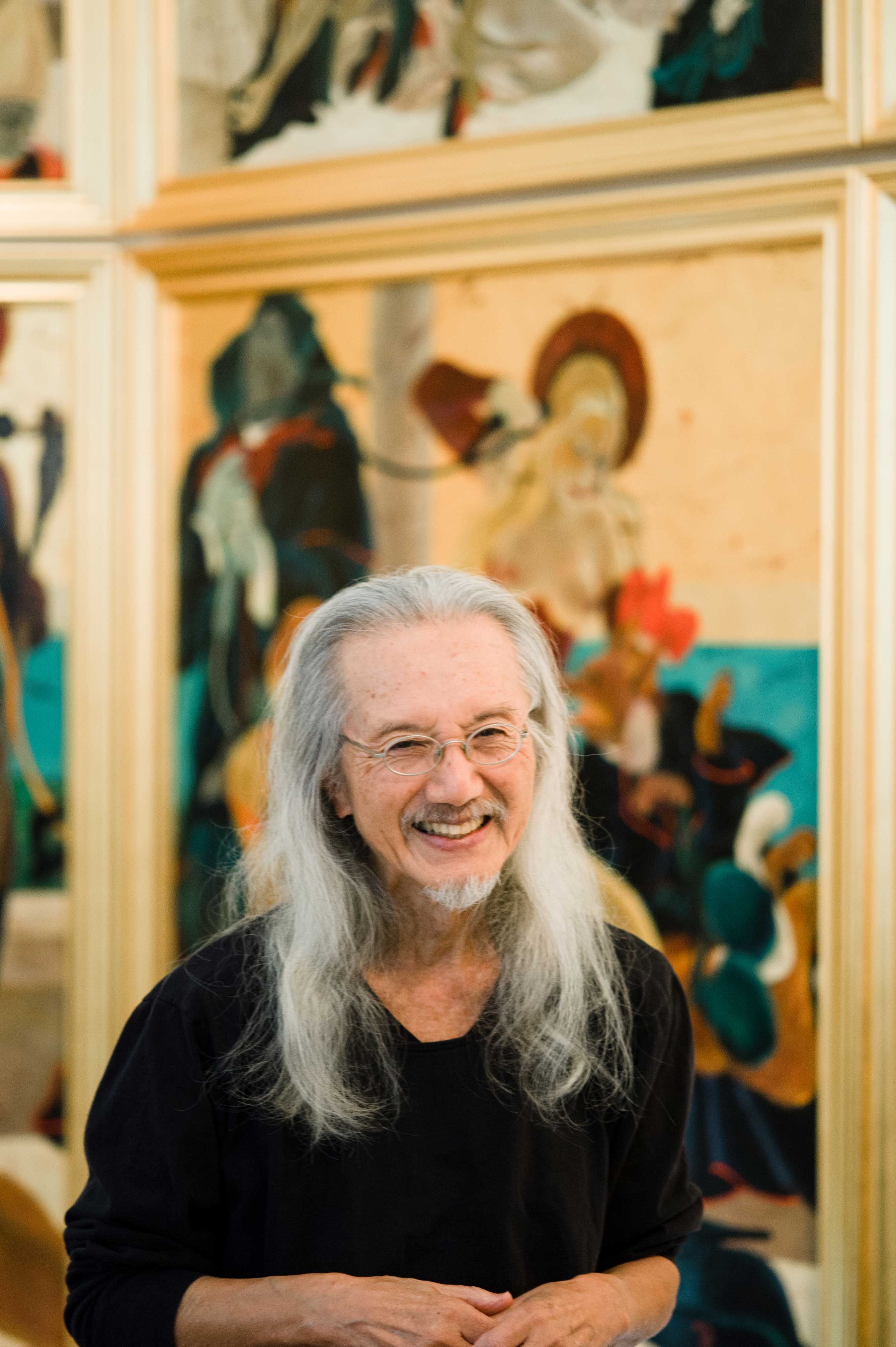
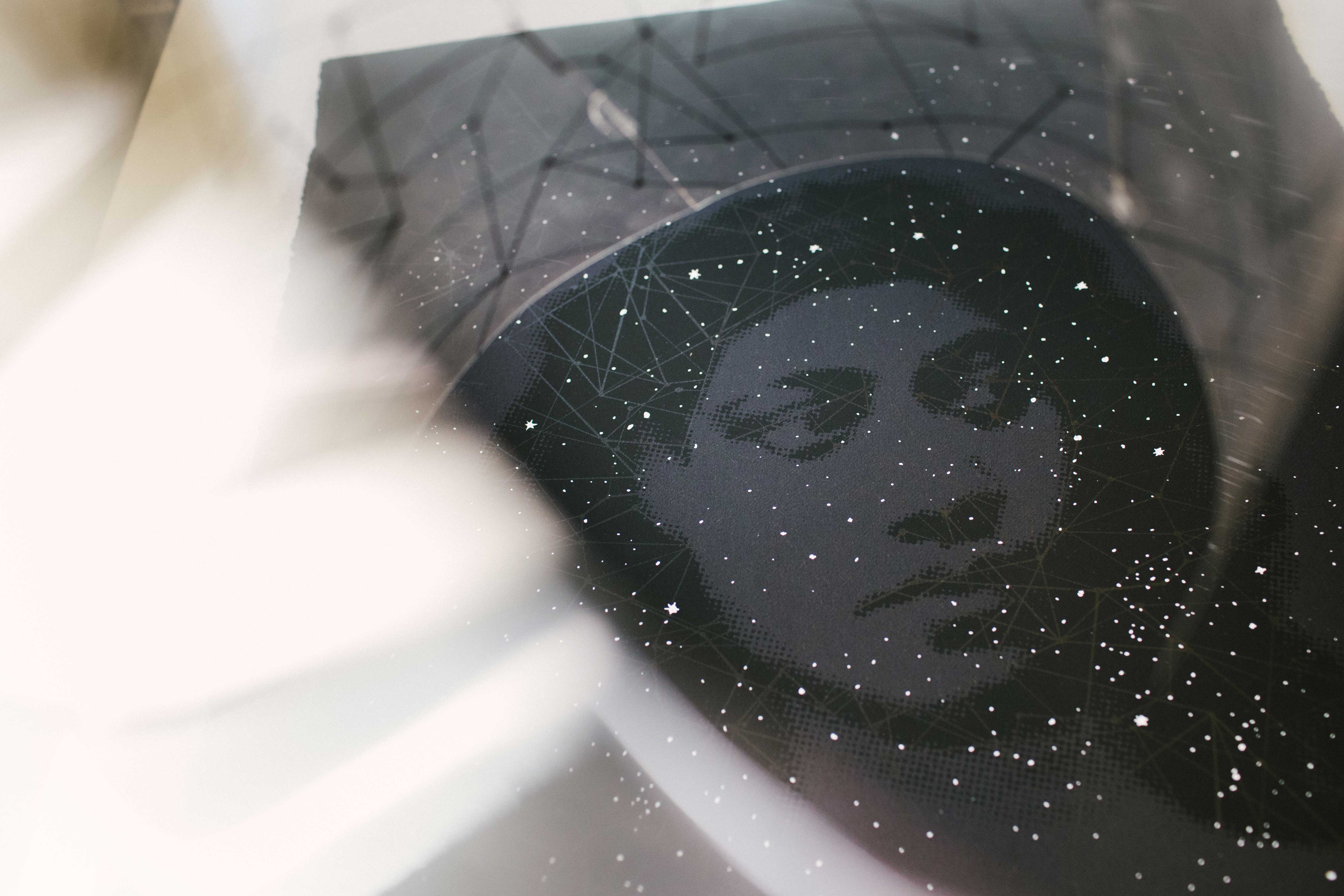

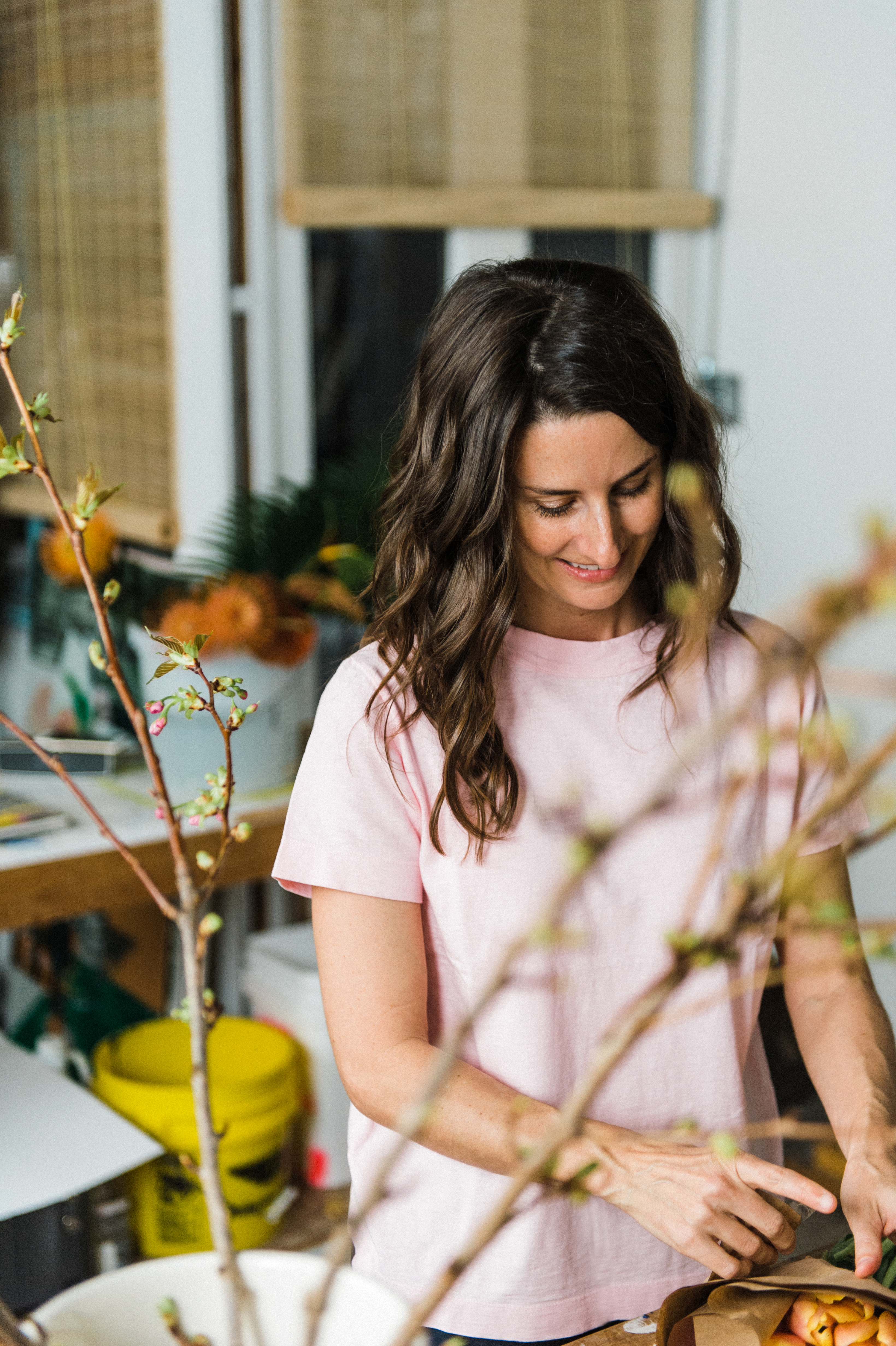
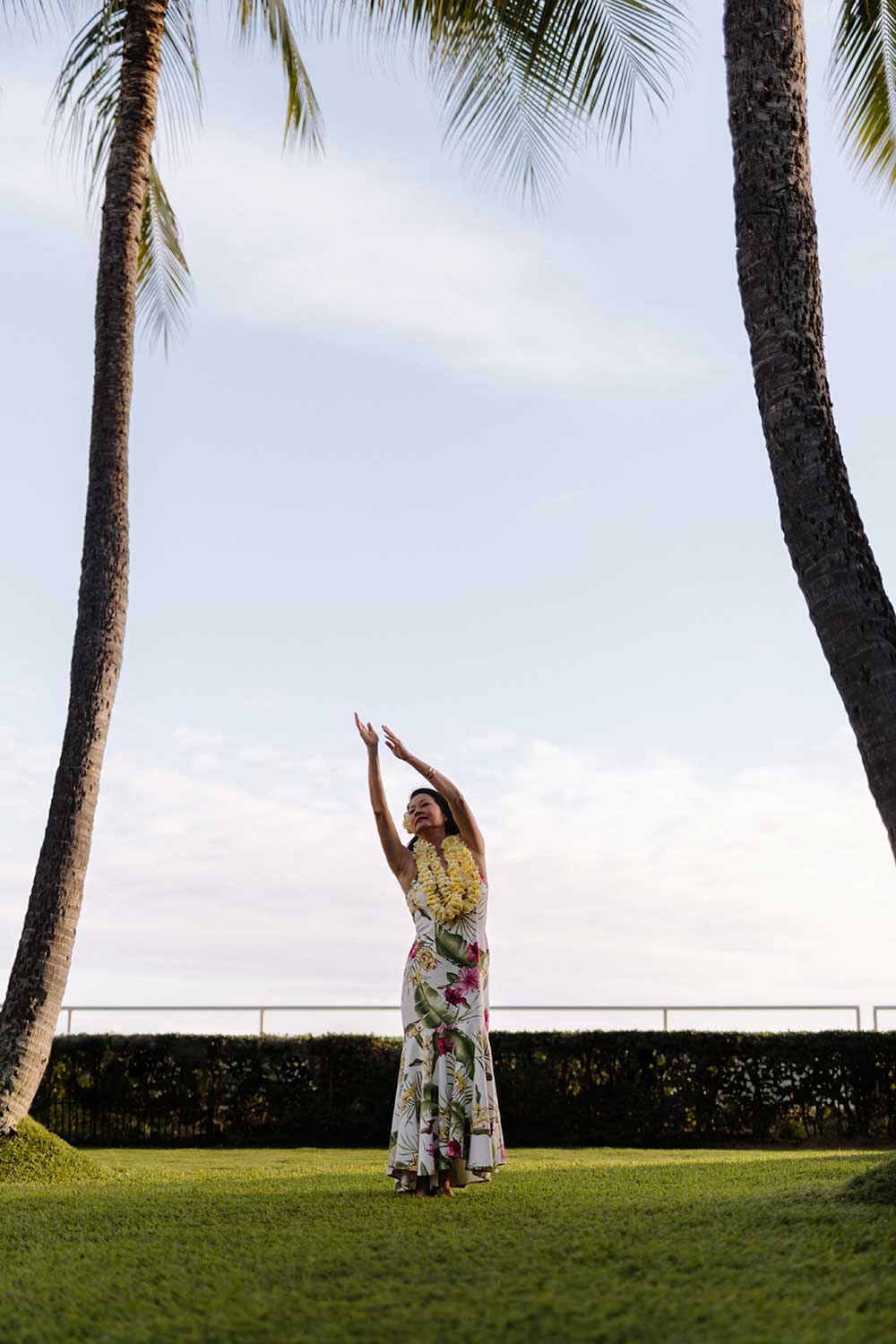
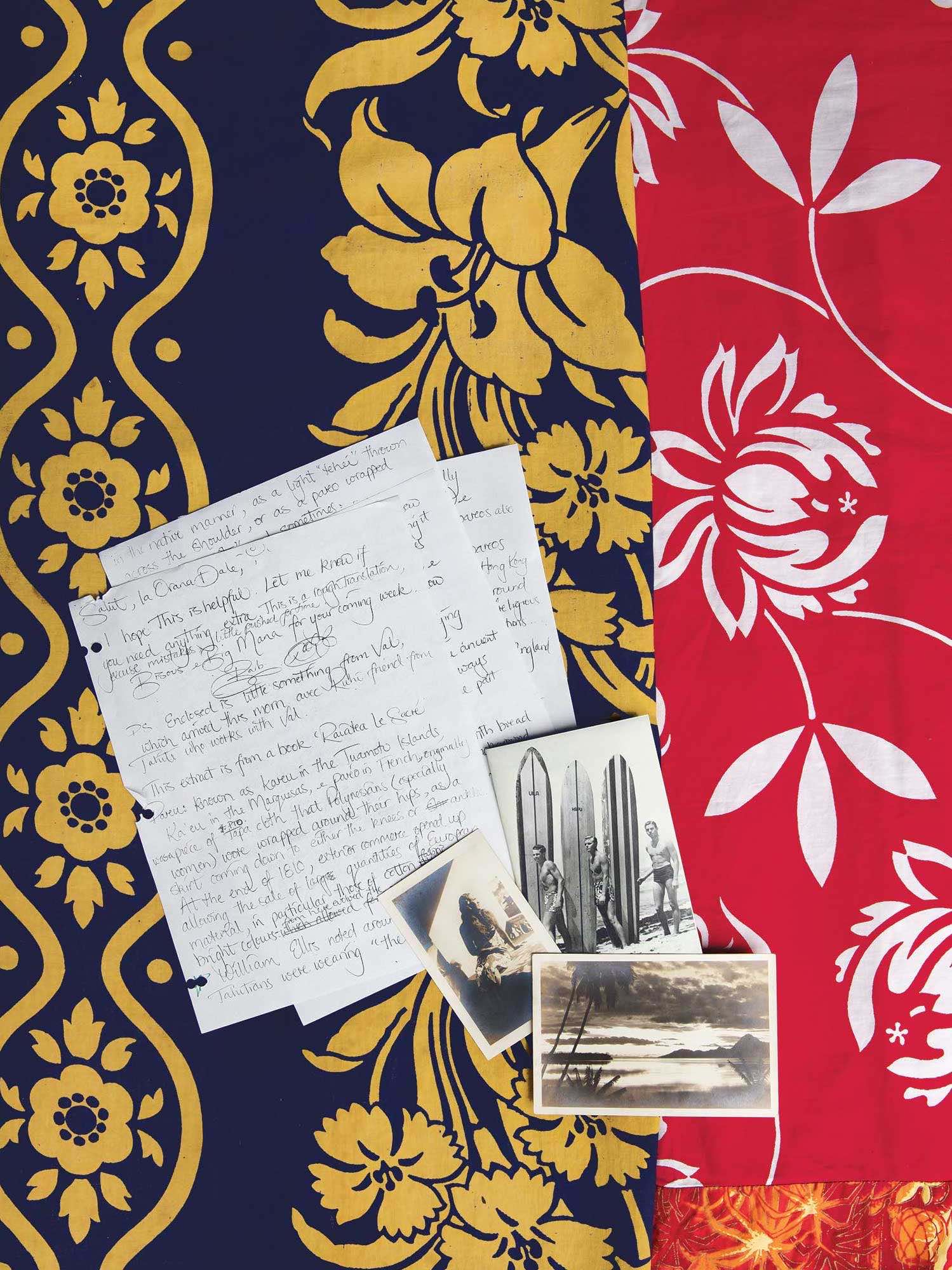
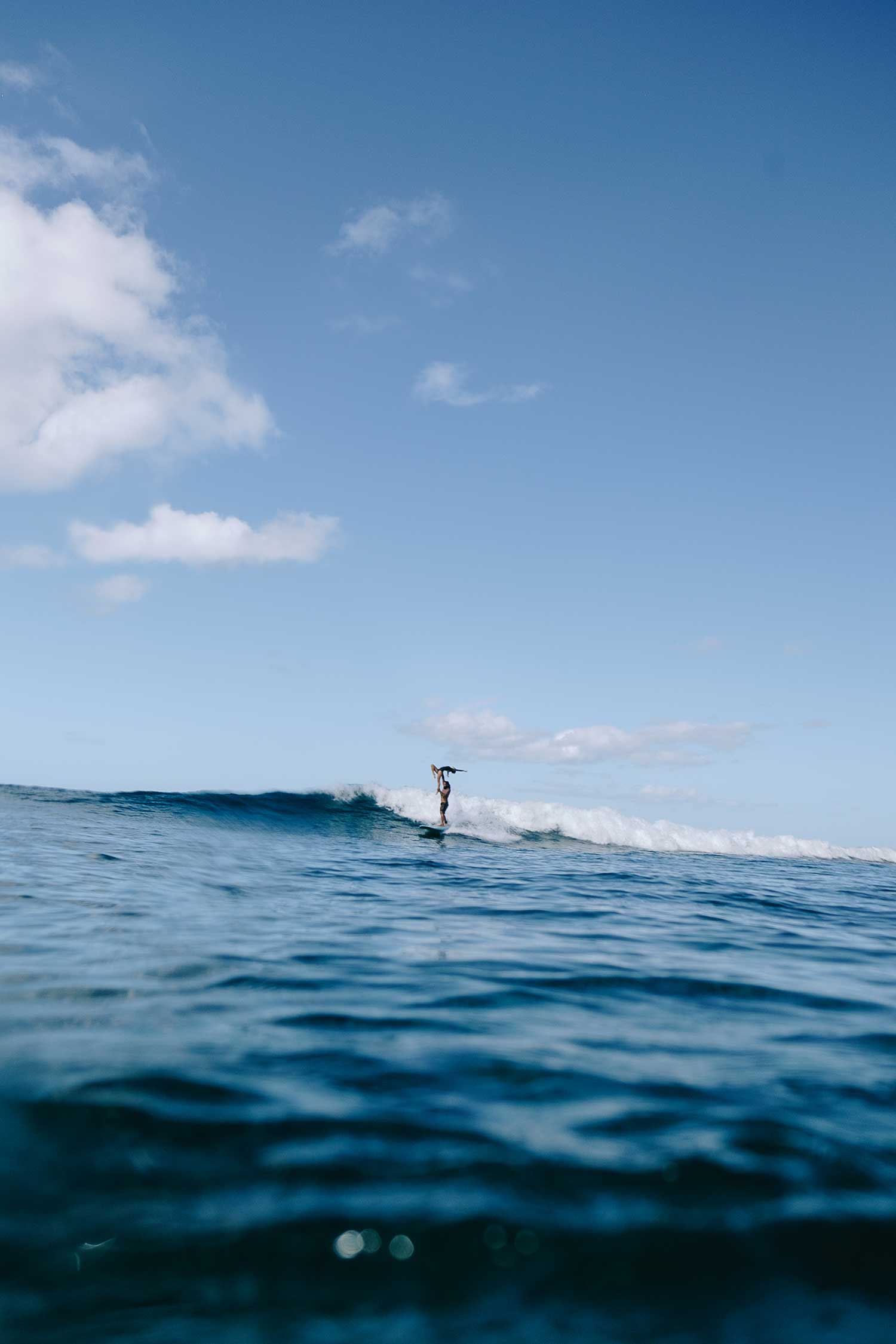
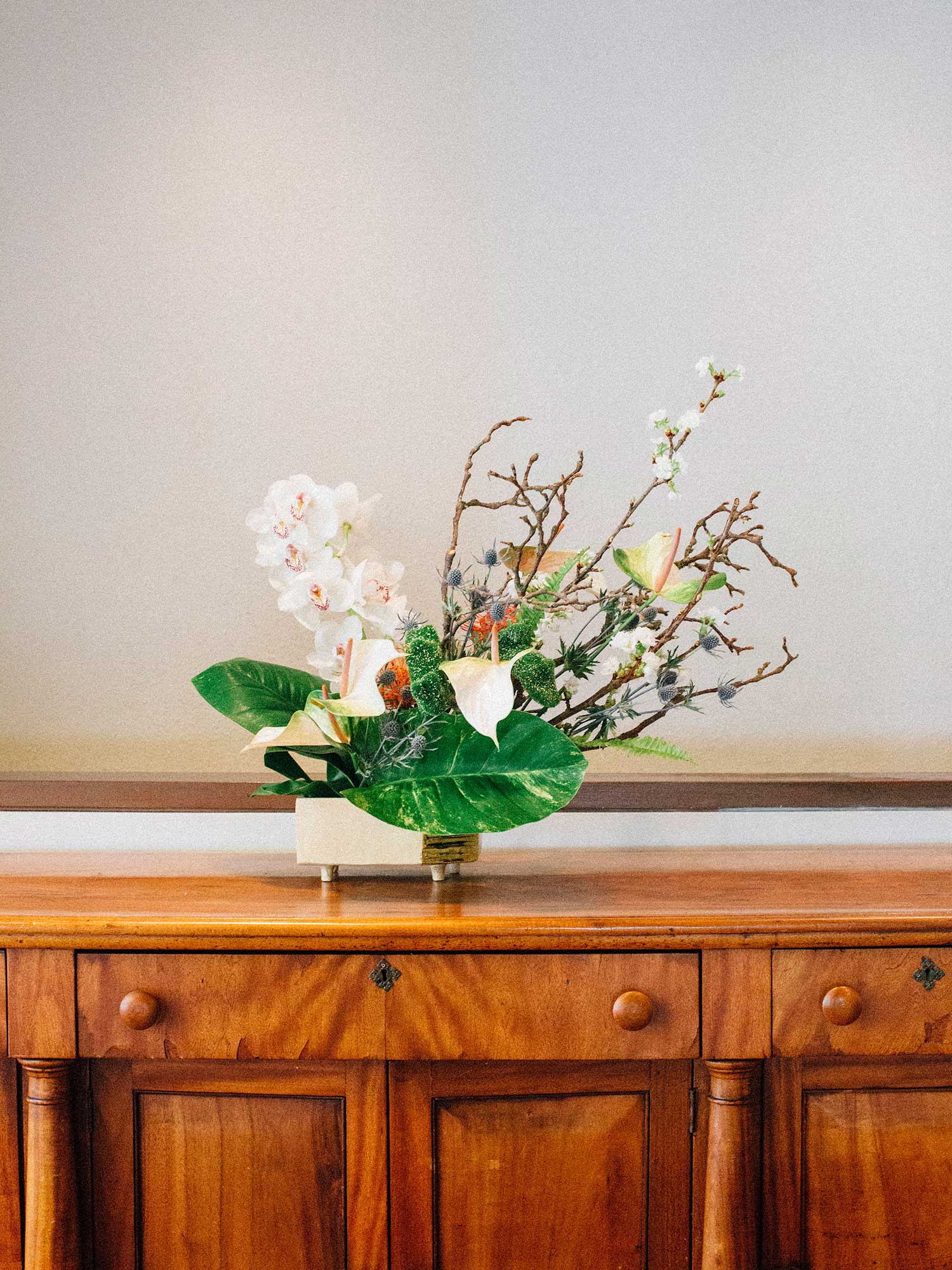
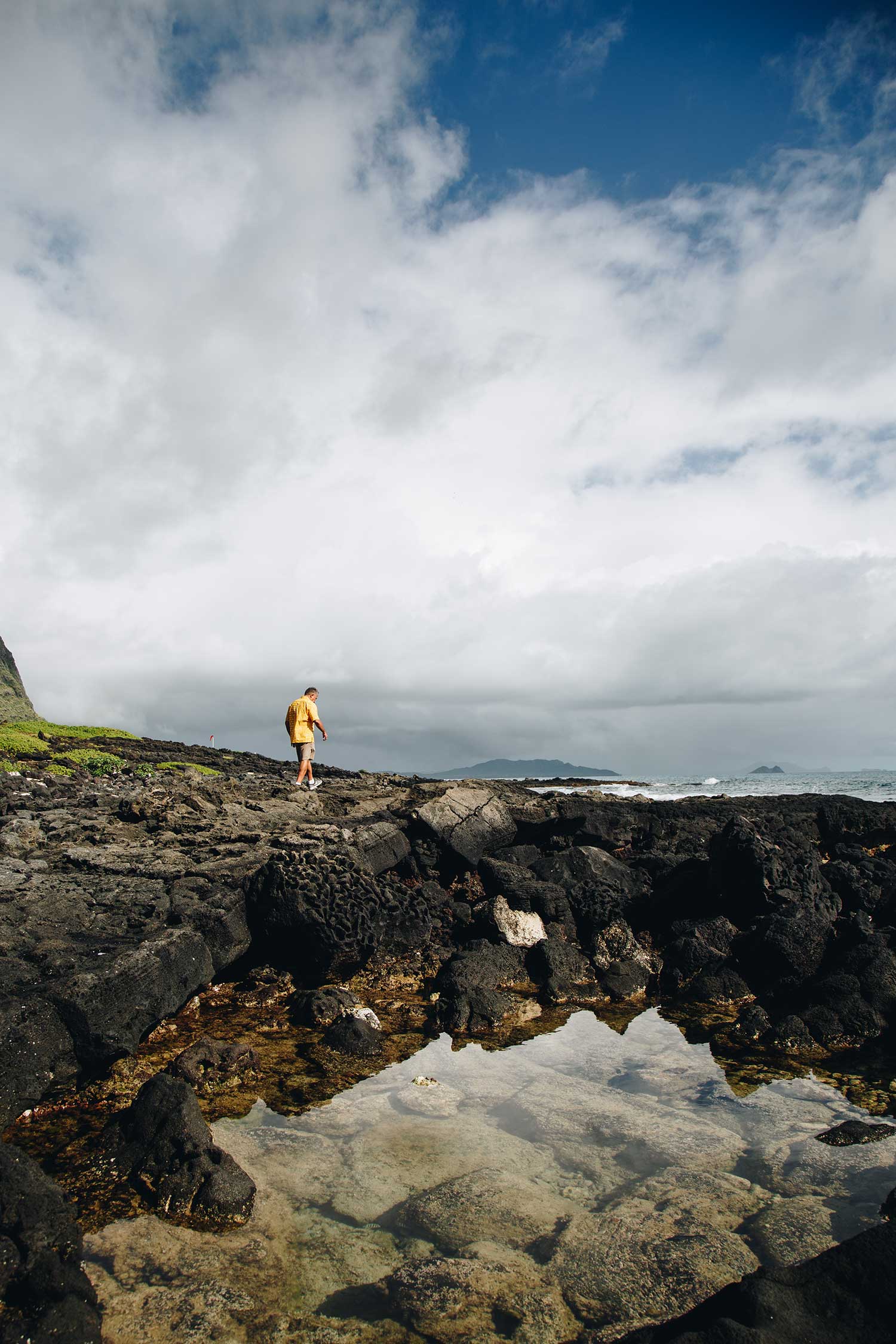
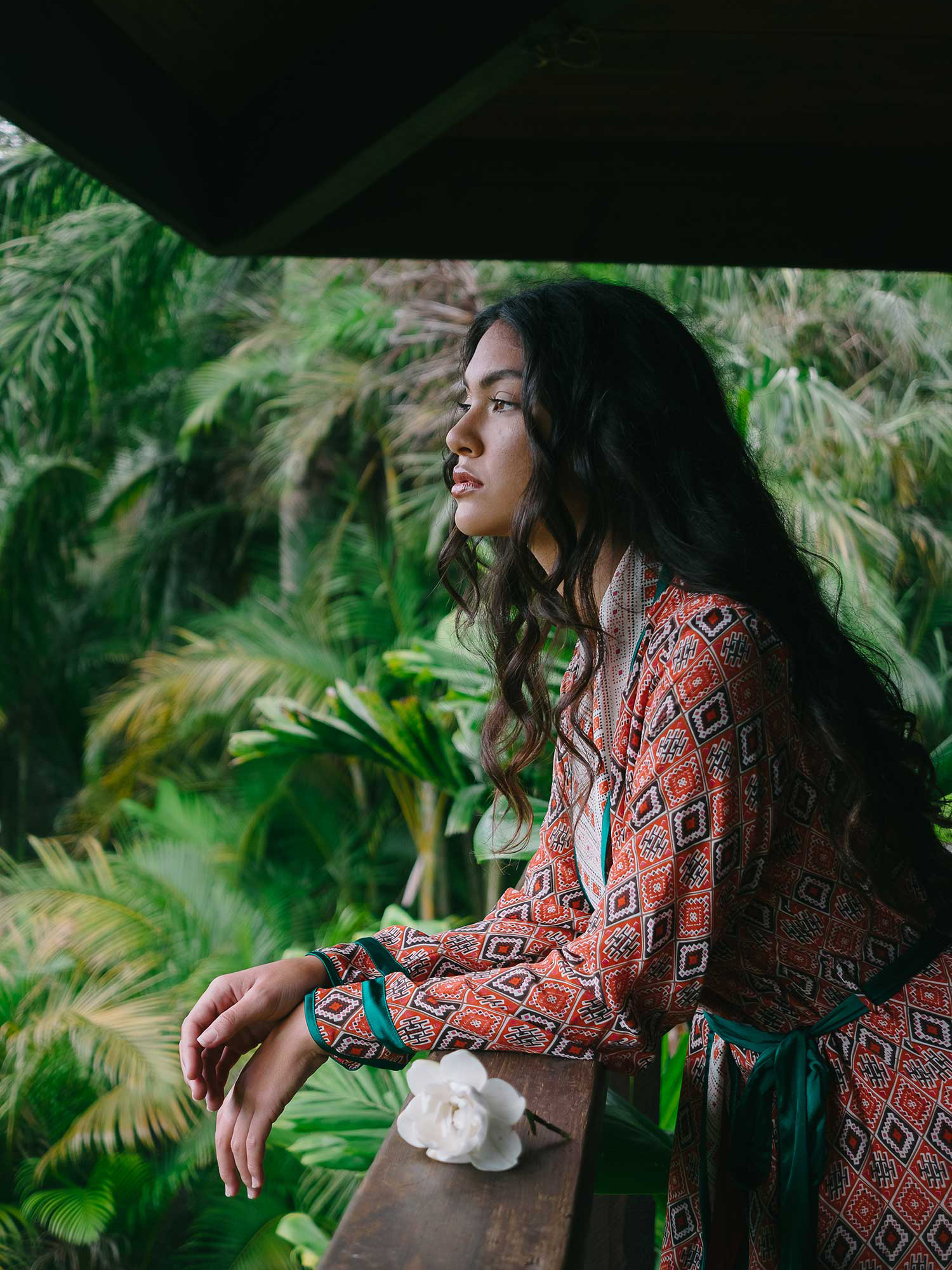

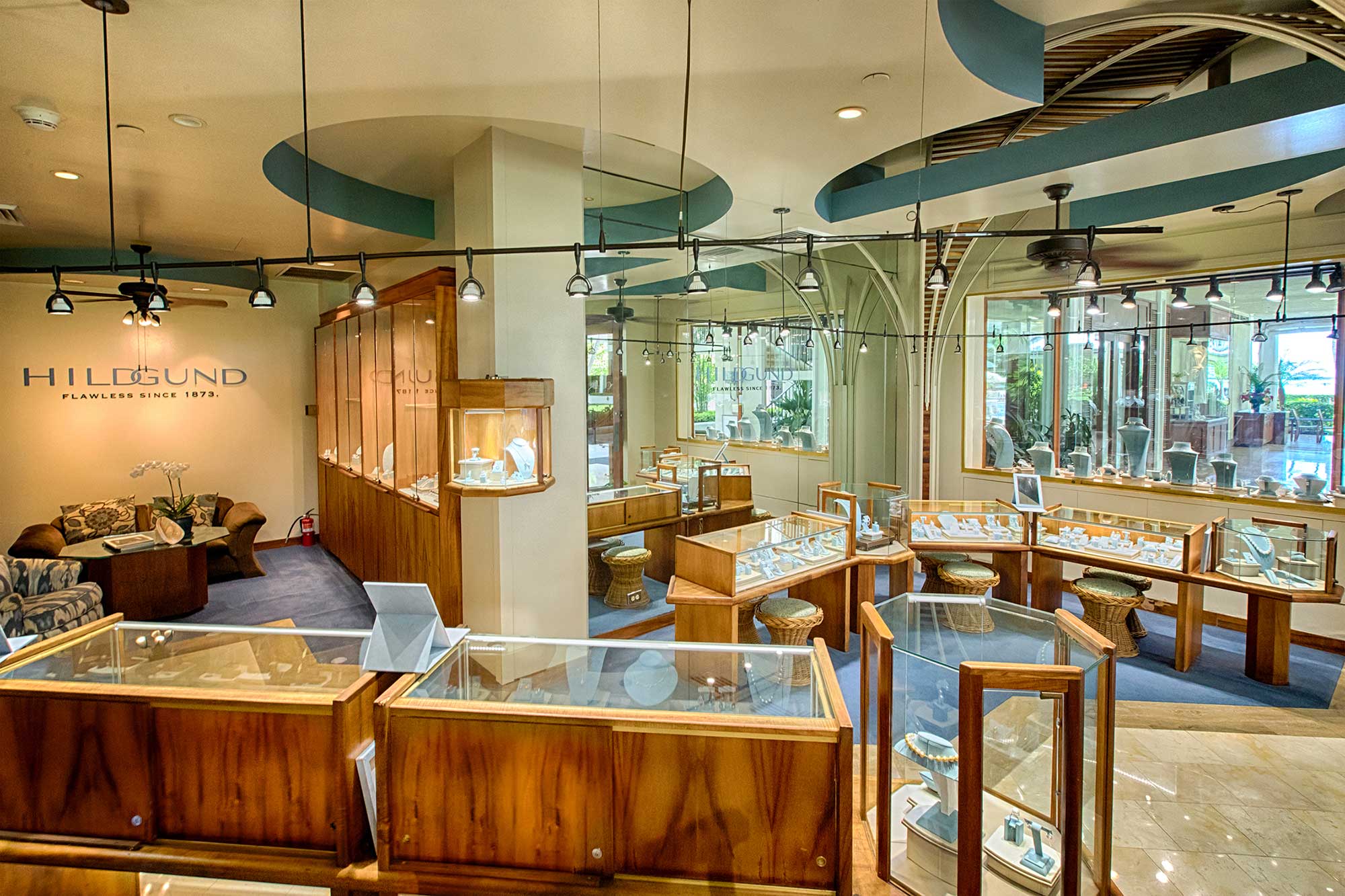
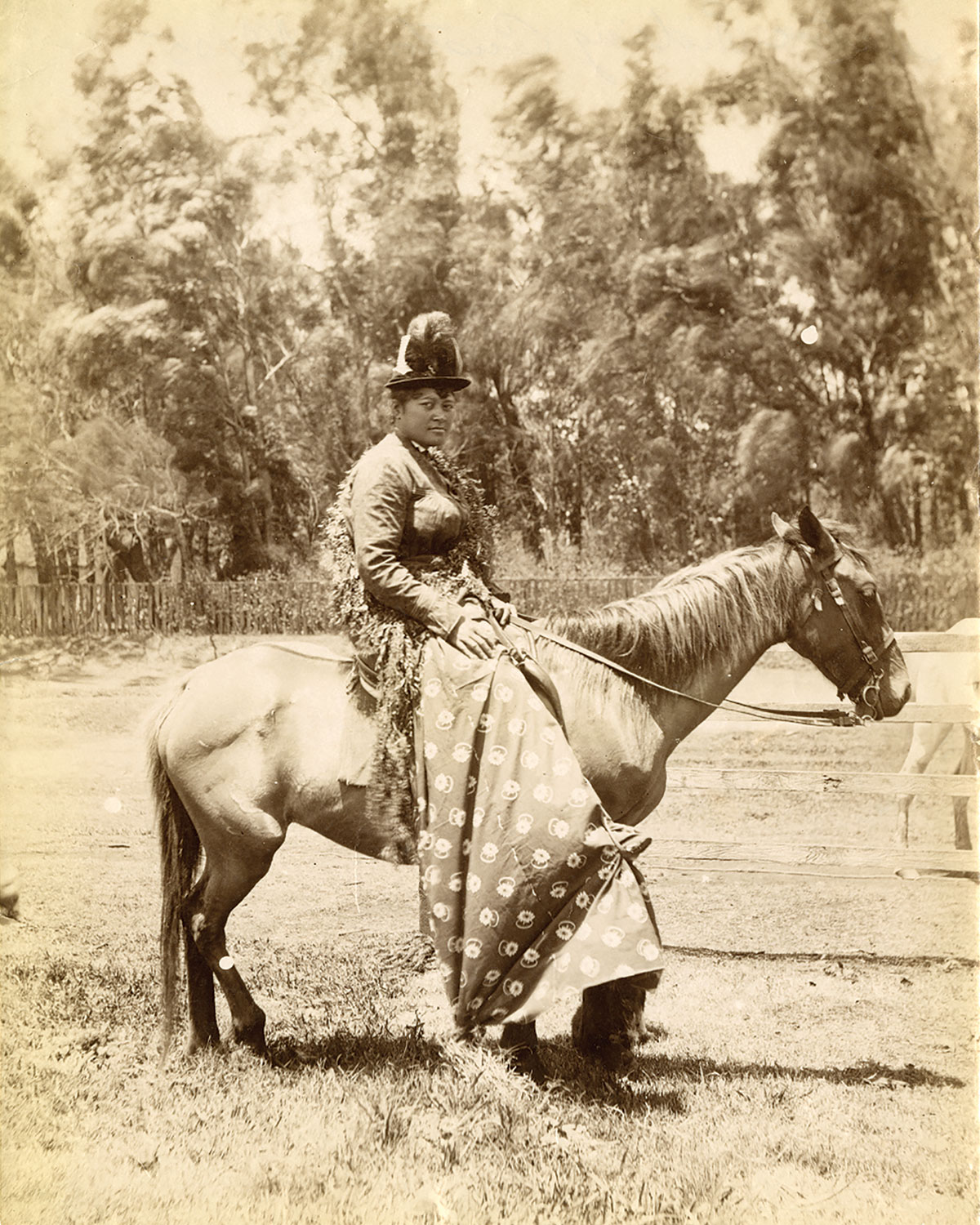
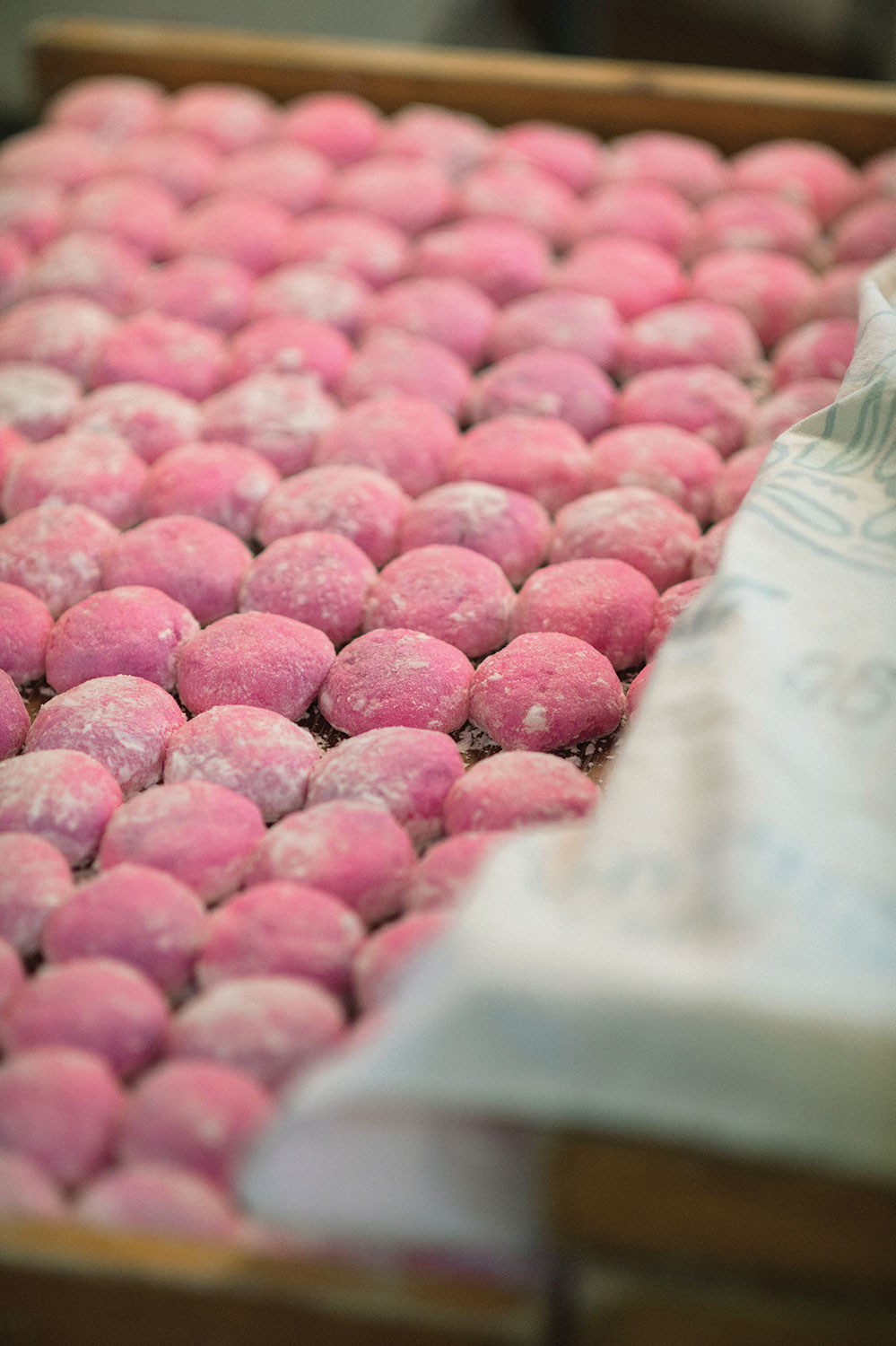
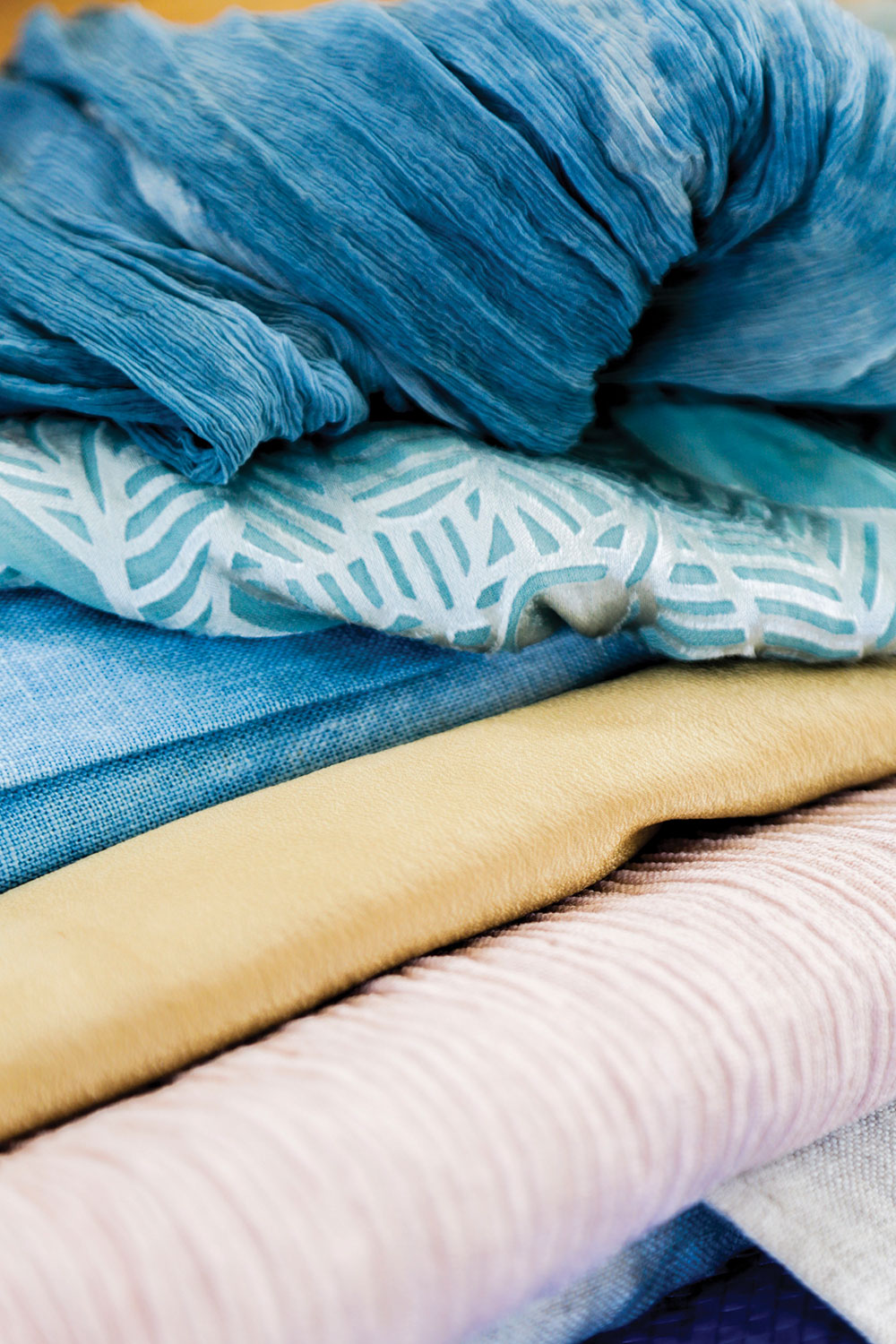
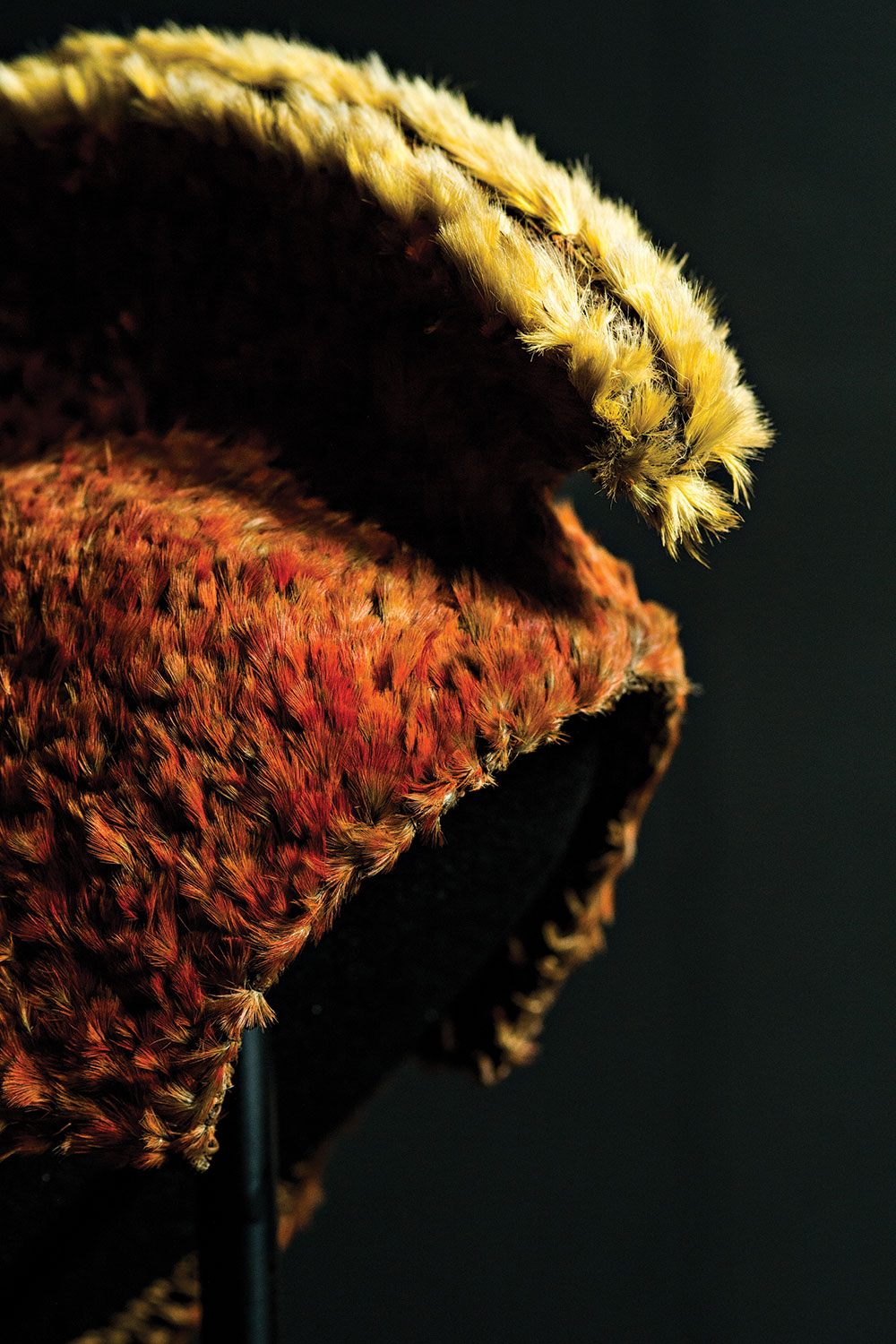
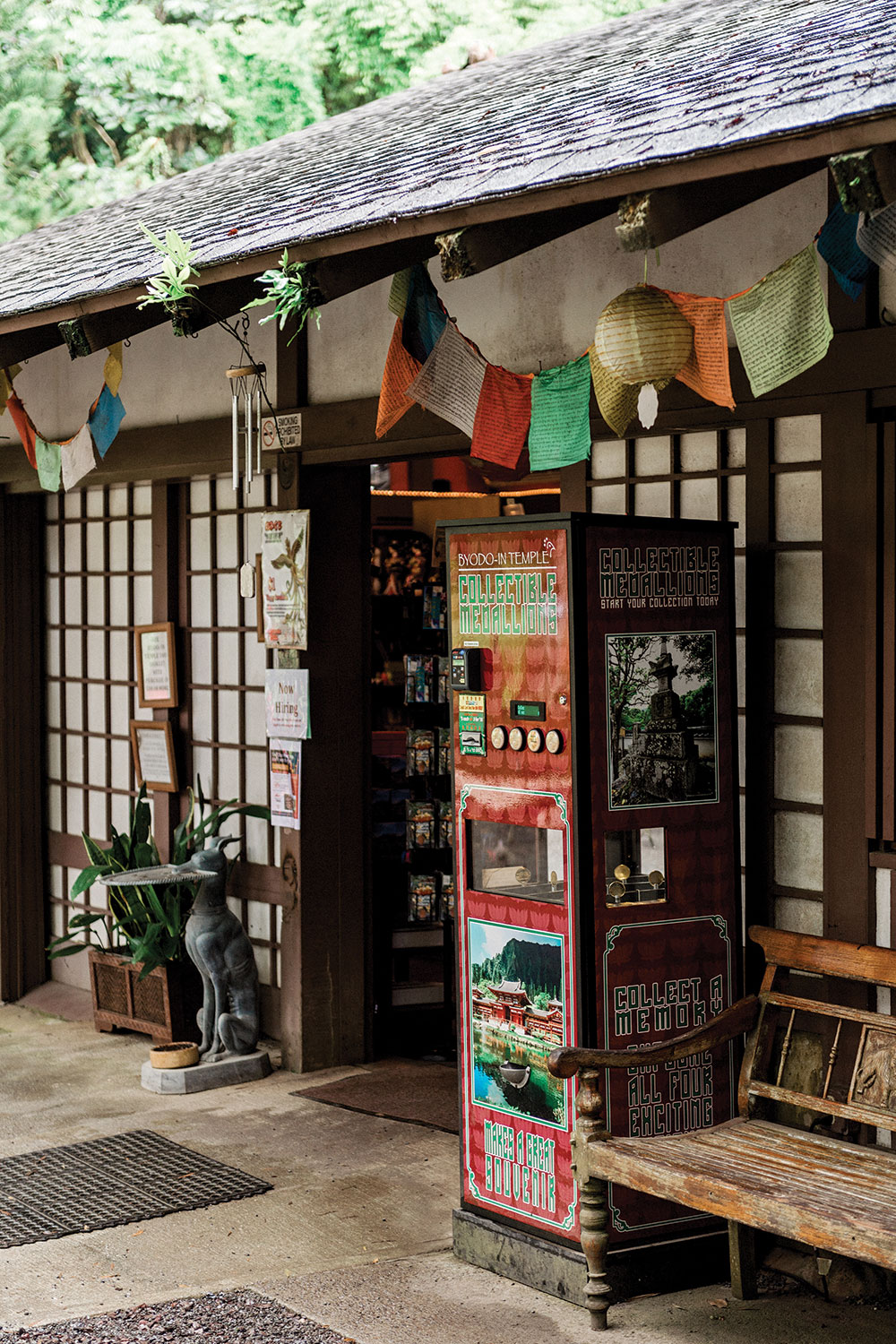
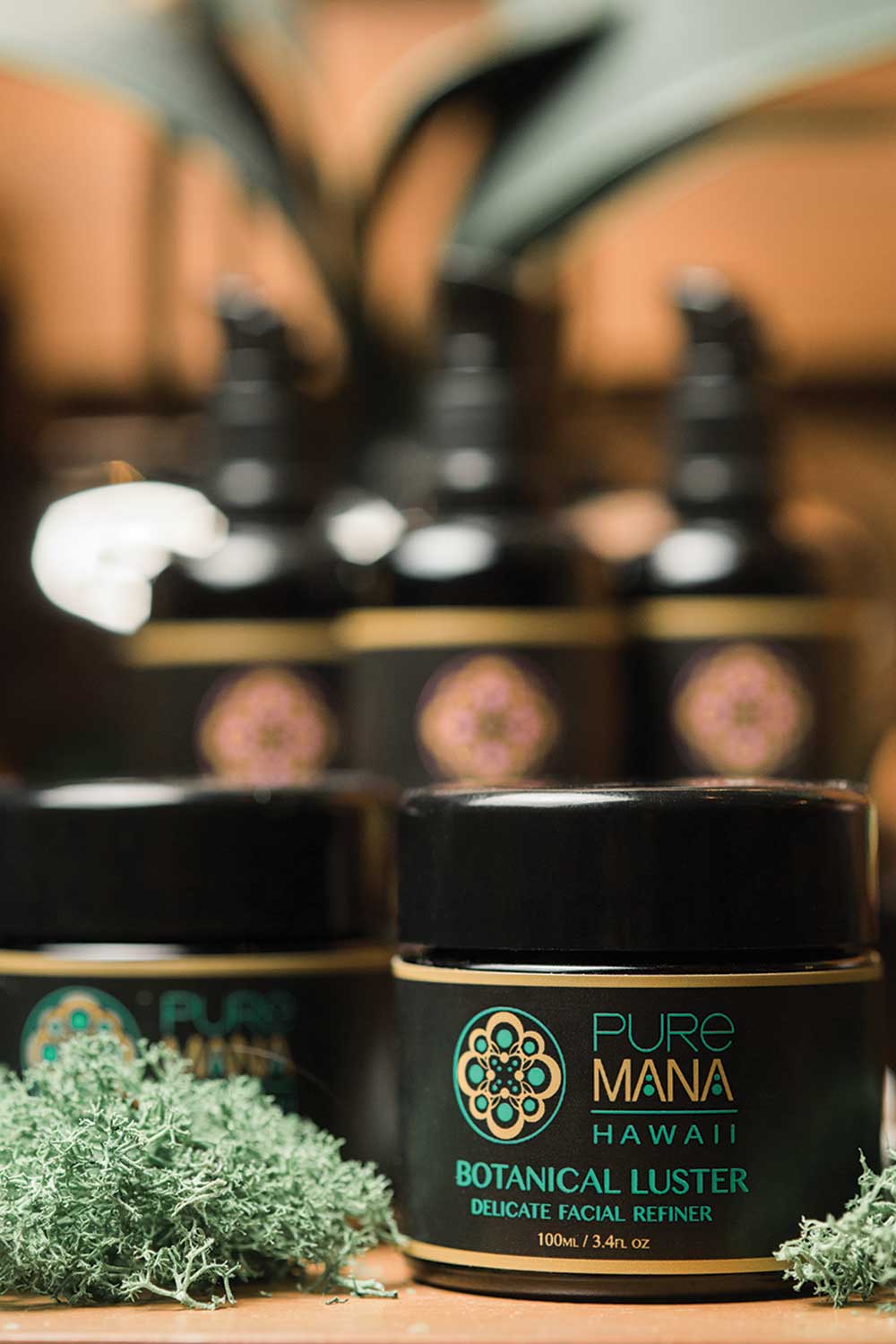
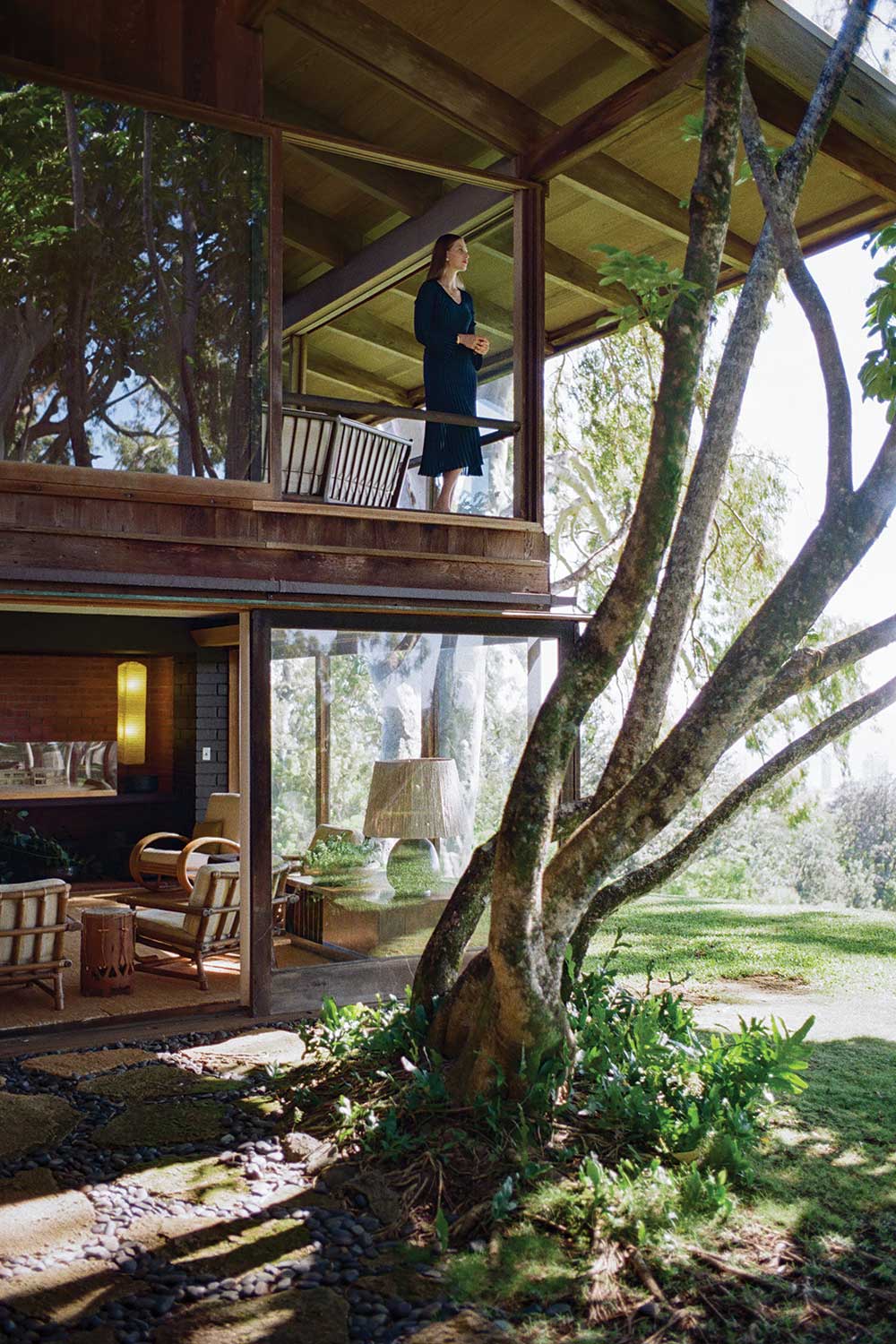
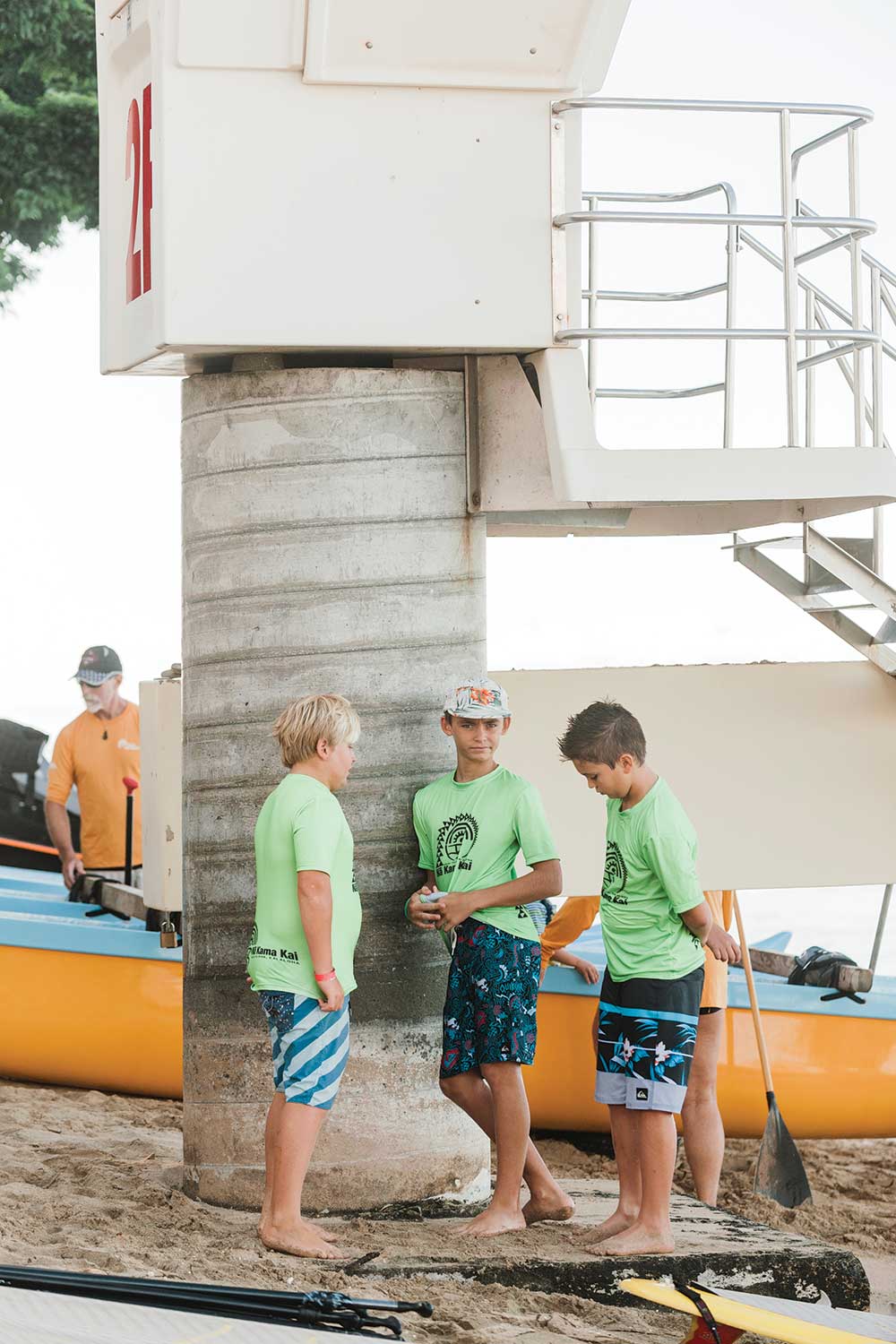
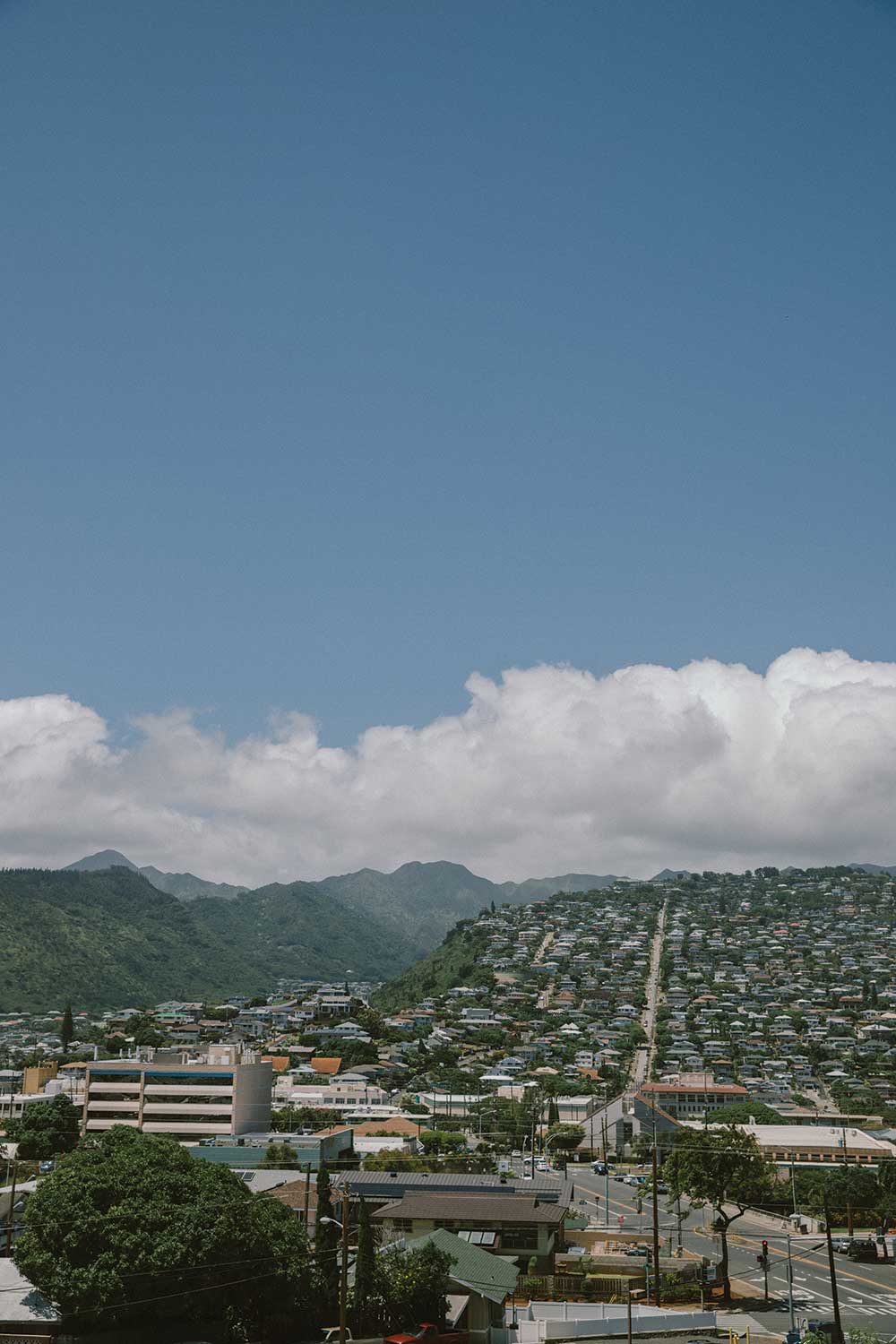

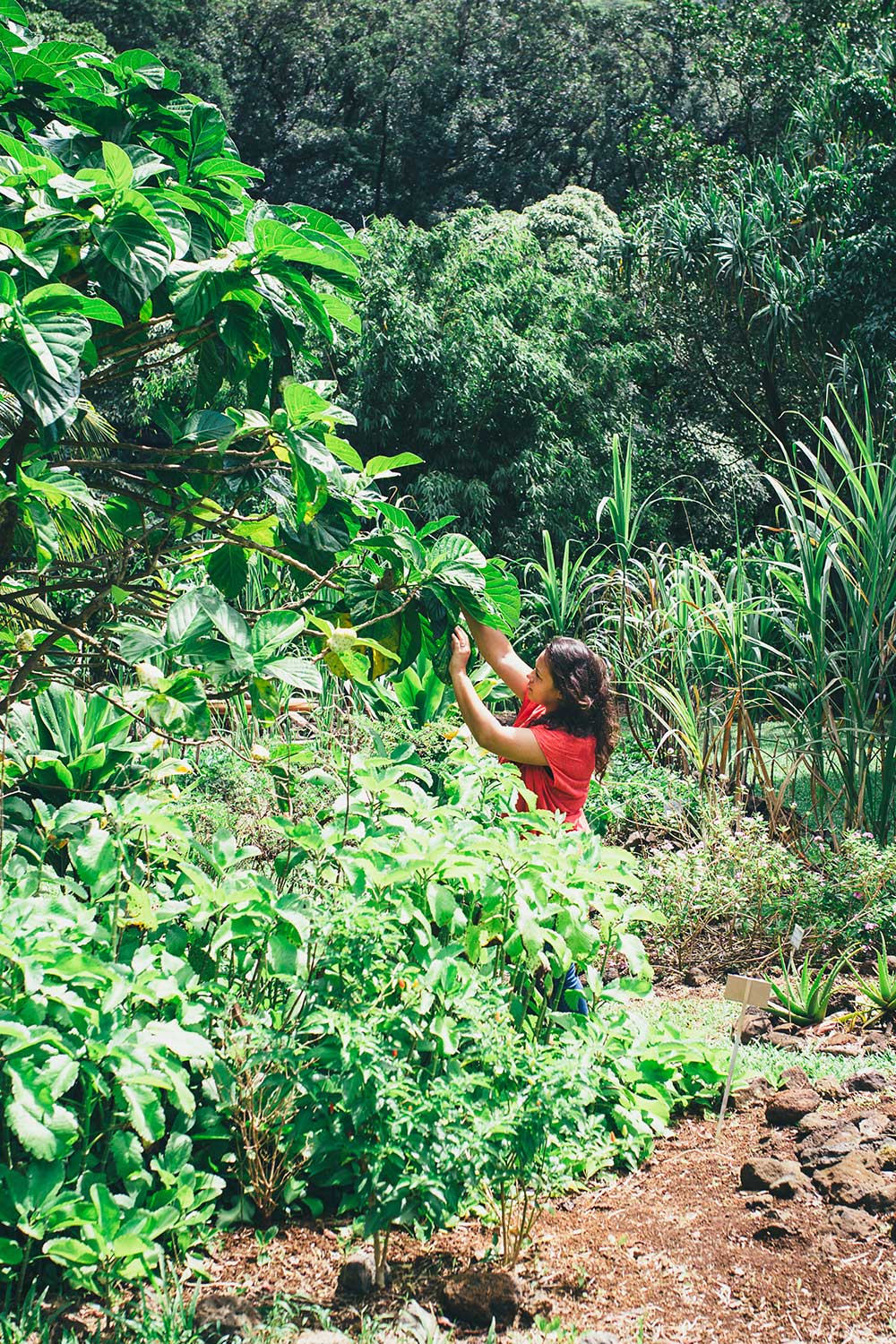

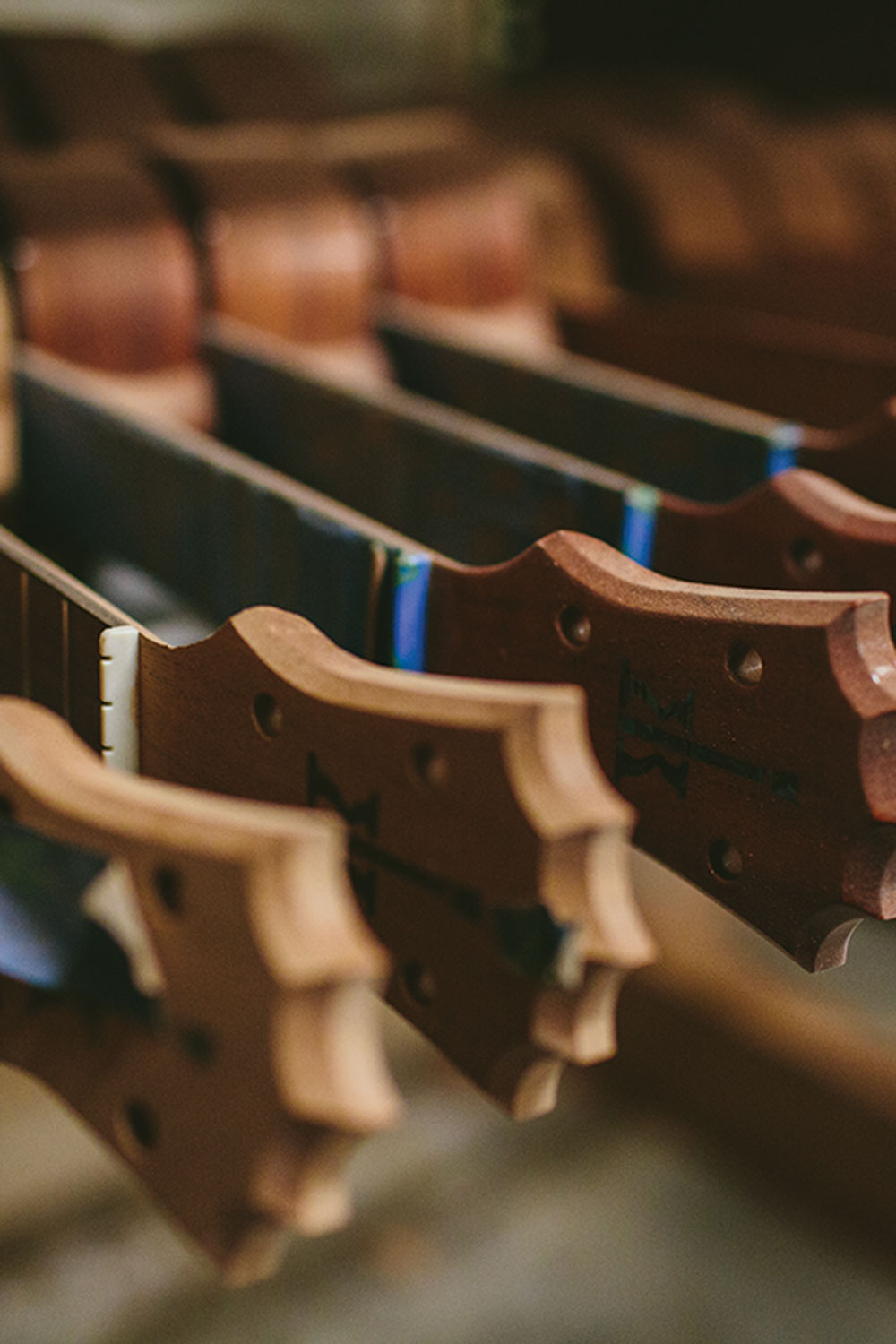
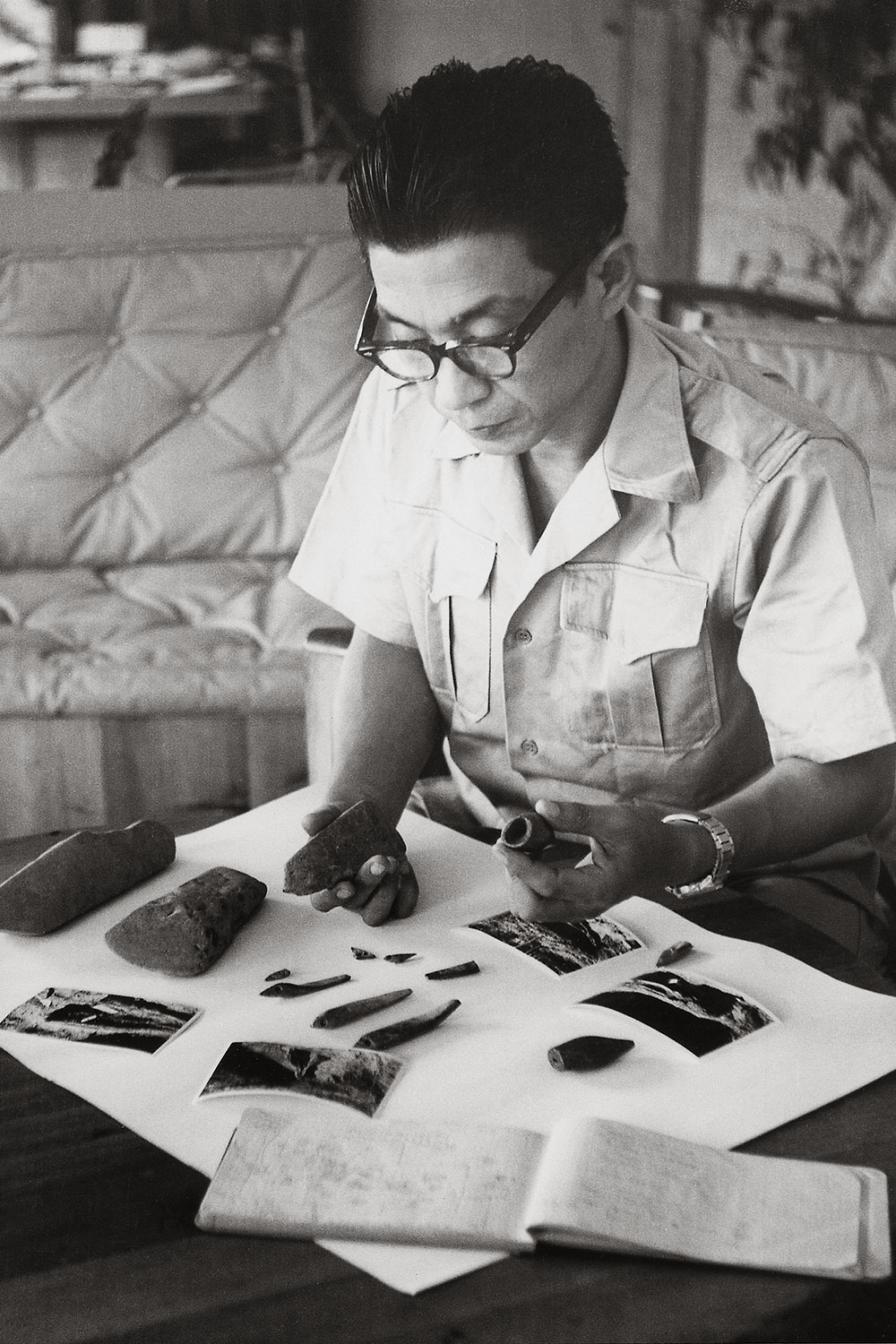
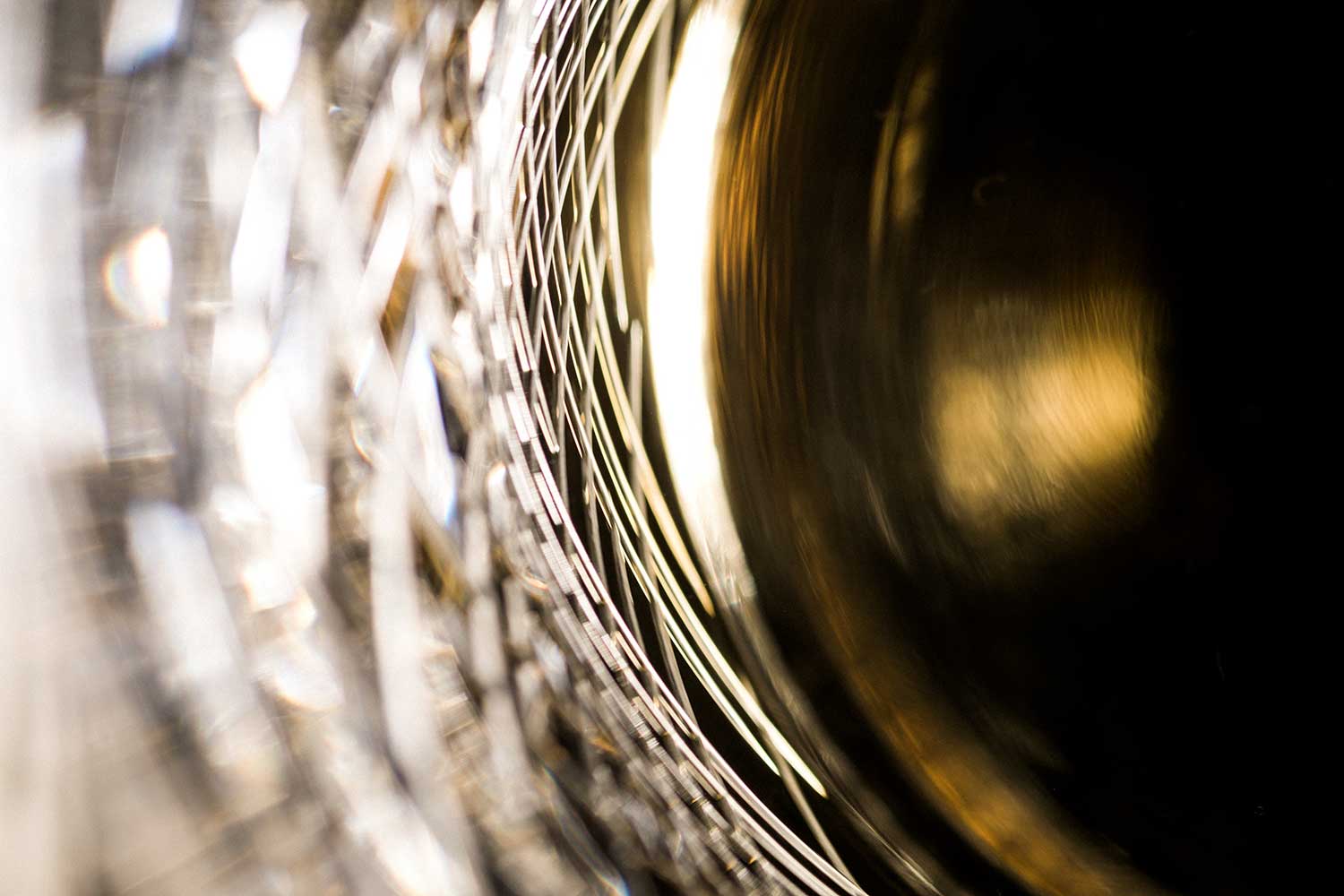








Share: